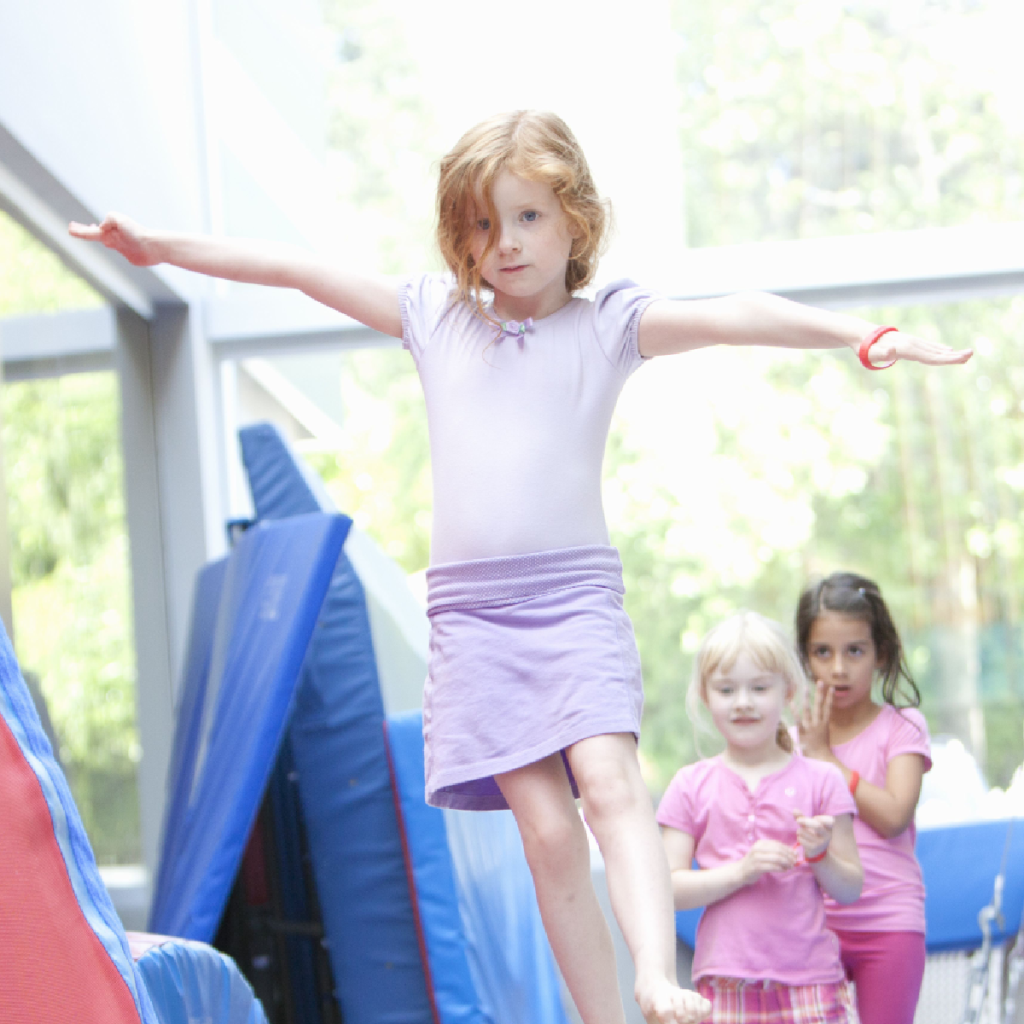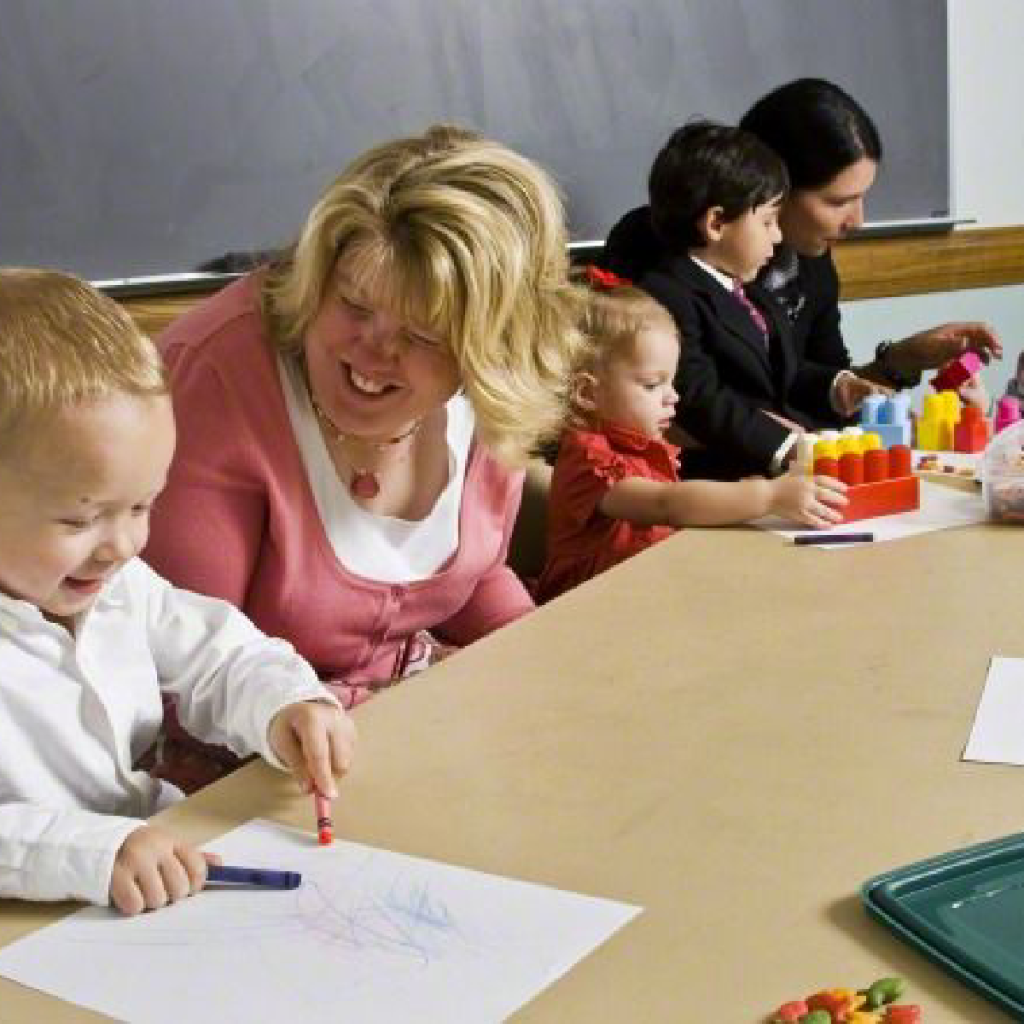Discover effective strategies and techniques to handle hyperactivity in school.
How to Handle Hyperactivity in School Effectively
If you’re a teacher or school staff member, chances are you’ve encountered hyperactive children in your classroom. These little bundles of energy can be quite challenging to handle, but fear not! With the right strategies and approaches, you can effectively manage hyperactivity in the school setting. Let’s dive into this topic and explore some helpful techniques.

Understanding Hyperactivity in Children
Before we delve into solutions, it’s essential to have a good grasp of what hyperactivity is all about. So, what exactly is hyperactivity? Simply put, it’s an excess of energy that can manifest in various ways, such as restlessness, fidgeting, and difficulty staying seated.
Now that we’ve defined hyperactivity, let’s explore the common symptoms associated with it.
Defining Hyperactivity
Hyperactivity is not just about running around like a wild tornado; it also includes impulsive behavior and difficulties in maintaining focus. These little dynamos often struggle to control their impulses and find it challenging to concentrate on tasks for extended periods.
Hyperactive children may exhibit behaviors such as talking excessively, constantly moving, and being unable to wait their turn. They may also have trouble following instructions and may seem disorganized or forgetful. These symptoms can vary in severity from child to child.
Common Symptoms of Hyperactivity
Here are some typical signs that may indicate hyperactivity in children:
- Constant fidgeting or squirming: Hyperactive children often have a difficult time sitting still. They may constantly shift their position, tap their feet, or play with objects in their hands.
- Inability to remain seated: Staying in one place for an extended period can be a real challenge for hyperactive children. They may feel the need to get up and move around frequently.
- Frequently interrupting or blurting out answers: Hyperactive children may struggle with impulse control, leading them to interrupt conversations or blurt out responses without waiting for their turn.
- Lack of patience and difficulty waiting for turn: Waiting can be incredibly challenging for hyperactive children. They may become restless, agitated, or even engage in disruptive behaviors while waiting for their turn.
Recognizing these symptoms is crucial in identifying hyperactive students and tailoring our approach accordingly.
Hyperactivity vs. Normal Energy Levels
It’s important to note that not all energetic children are hyperactive. Kids naturally have abundant energy, especially during playtime. Hyperactivity is when this energy becomes disruptive or interferes with their ability to learn and interact with others.
Hyperactive children often struggle with self-regulation and may find it challenging to focus on tasks or follow instructions. Their excessive energy can make it difficult for them to sit still and concentrate, leading to academic and social difficulties.
Now that we’re familiar with hyperactivity, let’s take a closer look at how it impacts school performance.
Hyperactivity can significantly impact a child’s school performance. In the classroom, hyperactive children may have trouble staying focused during lessons, completing assignments, and following instructions. They may also struggle with organization and time management, leading to difficulties in keeping track of their materials and meeting deadlines.
Socially, hyperactive children may find it challenging to interact with their peers. Their impulsive behavior and difficulty waiting their turn can lead to conflicts and strained relationships. They may also struggle with following social cues and may have trouble regulating their emotions, leading to outbursts or meltdowns.
Teachers and parents play a crucial role in supporting hyperactive children in the classroom and at home. By understanding the unique challenges they face, we can implement strategies and accommodations that help them thrive academically and socially.
The Impact of Hyperactivity on School Performance
Hyperactivity can significantly influence a child’s academic, social, and emotional well-being. As educators, it’s crucial to understand these implications to provide appropriate support.
When it comes to academic challenges, hyperactive students often struggle to focus, leading to difficulties in completing tasks and following instructions. Their lack of concentration can result in reduced academic achievement and hinder their overall learning experience. It is important for teachers to implement strategies that cater to their specific needs, such as providing shorter, more focused tasks and incorporating movement breaks into the learning routine. By doing so, these challenges can be overcome and students can reach their full potential.
In addition to academic challenges, hyperactivity also has social implications. Hyperactive children may find it hard to regulate their behavior, often leading to social difficulties. They may struggle with waiting their turn, respecting personal space, or understanding social cues. This can lead to feelings of isolation or being misunderstood by their peers. Teachers can play a crucial role in creating a supportive and inclusive classroom environment that fosters positive social interactions. By implementing social skills training, promoting empathy, and encouraging peer support, these students can develop strong social skills and form meaningful connections with their classmates.
Dealing with the constant fidgeting and restlessness can take a toll on a hyperactive child’s emotional well-being. They may experience frustration, anxiety, or low self-esteem due to their challenges in meeting behavioral expectations. It is important for educators to provide a safe and nurturing environment where these students feel understood and supported. By practicing empathy, understanding their unique challenges, and maintaining open communication, teachers can help boost their self-confidence and emotional resilience. Additionally, incorporating stress-reducing activities, such as mindfulness exercises or sensory breaks, can help these students manage their emotions more effectively.
In conclusion, hyperactivity can have a profound impact on a child’s school performance, social interactions, and emotional well-being. However, with the right interventions and support from educators, these challenges can be overcome. By implementing tailored strategies, creating an inclusive classroom environment, and fostering emotional resilience, hyperactive students can thrive academically, socially, and emotionally.
Strategies for Managing Hyperactivity in the Classroom
To effectively handle hyperactivity within a school setting, it’s vital to implement targeted strategies that cater to the specific needs of these energetic learners.
Hyperactive children can present unique challenges in the classroom, but with the right approach, their energy can be channeled in productive ways. Here are some additional strategies to consider:
Creating a Structured Environment
Hyperactive children thrive in structured environments that provide clear expectations and routines. Establishing consistent schedules and organizing materials can help these students feel more secure and focused.
One way to create structure is by using visual aids, such as color-coded charts and calendars. These can help students understand the daily schedule and anticipate transitions. Additionally, having designated areas for different activities, such as a reading corner or a group work area, can further promote orderliness and minimize distractions.
Implementing Behavioral Interventions
Positive behavior support strategies can work wonders in managing hyperactivity. Techniques such as token systems, reward charts, and praise for appropriate behavior can serve as effective motivators and help redirect energy in a positive manner.
It’s important to remember that these interventions should focus on reinforcing desired behaviors rather than solely correcting negative ones. By acknowledging and rewarding students’ efforts to stay focused and engaged, you can create a positive learning environment that encourages self-control and self-regulation.
Promoting Physical Activity and Breaks
Providing opportunities for these lively youngsters to release their boundless energy can contribute to better focus and concentration. Incorporating short movement breaks, structured physical activities, or even fidget tools can help channel their energy in productive ways.
Physical activity not only helps burn off excess energy but also stimulates the release of endorphins, which can improve mood and overall well-being. Consider incorporating activities like stretching exercises, yoga, or even dance breaks into the daily routine to keep students engaged and energized.
Furthermore, encouraging participation in sports or extracurricular activities can offer an outlet for their energy while fostering social interactions. Team sports, martial arts, or even dance classes can provide an opportunity for hyperactive children to channel their energy in a structured and controlled environment.
By implementing these strategies and creating an inclusive and supportive classroom environment, you can help hyperactive students thrive academically and socially. Remember, each child is unique, so it’s important to tailor your approach to meet their specific needs and strengths.
Collaborating with Parents and Healthcare Providers
When it comes to handling hyperactivity, collaboration with parents and healthcare providers plays a pivotal role. Together, we can ensure a holistic and consistent approach to support these children.

Communicating Effectively with Parents
Regular and open communication with parents is essential in understanding a child’s unique needs and developing appropriate strategies. Engage in conversations about their child’s behavior, progress, and challenges. Share observations from the classroom and work collaboratively to establish consistent expectations and routines.
By actively involving parents in the process, we can gain valuable insights into the child’s home environment, which can inform our approach in the classroom. This collaboration allows us to create a seamless support system that addresses the child’s needs both at school and at home.
Remember, parents are valuable partners in supporting hyperactive students. Their input and involvement can significantly contribute to the success of our efforts.
Working with Healthcare Providers
Collaborating with healthcare providers, such as pediatricians or psychologists, can provide invaluable insights and guidance. They can contribute to the development of personalized plans or recommend additional interventions, such as behavioral therapies or medication, if necessary.
When working with healthcare providers, it is essential to establish clear lines of communication and share relevant information about the child’s progress and challenges. This collaboration allows us to align our strategies and interventions, ensuring a comprehensive and coordinated approach to supporting the child’s needs.
By harnessing the knowledge and expertise of healthcare professionals, we can further enhance our support for hyperactive students. Their specialized insights can help us navigate complex situations and tailor our interventions to meet the unique needs of each child.
Establishing a Supportive Network
Creating a supportive network within the school community is fundamental in effectively handling hyperactivity. Seeking support from colleagues, administrators, and special education professionals can contribute to a more inclusive and conducive learning environment.
Collaborating with colleagues allows us to share experiences, exchange ideas, and learn from one another. By pooling our collective knowledge and expertise, we can develop innovative strategies and interventions that benefit all hyperactive students in our care.
Administrators play a crucial role in fostering a supportive environment. By providing resources, professional development opportunities, and a culture of collaboration, they empower educators to effectively address hyperactivity and create an inclusive learning environment.
Special education professionals bring specialized knowledge and skills to the table. Collaborating with them can provide valuable insights into effective instructional strategies, accommodations, and modifications that can support hyperactive students in their learning journey.
Sharing experiences, collaborating on strategies, and providing mutual support can make a significant difference in ensuring the success of hyperactive students. By working together as a team, we can create an environment that celebrates diversity and supports the unique needs of every child.
In Conclusion
Hyperactivity in the classroom may present challenges, but with the right understanding, strategies, and collaboration, we can effectively handle these situations. By providing a structured environment, implementing behavioral interventions, and working closely with parents and healthcare providers, we can help these energetic learners thrive academically, socially, and emotionally. Let’s embrace the energy and turn it into a positive force for growth and success!



